Greenhouse base - novice needs help
earthlydelights
17 years ago
Related Stories

LIFE12 House-Hunting Tips to Help You Make the Right Choice
Stay organized and focused on your quest for a new home, to make the search easier and avoid surprises later
Full Story
GREEN DECORATING8 Questions to Help You See Through Green Hype
With the ecofriendly bandwagon picking up some dubious passengers, here's how to tell truly green products and services from the imposters
Full Story
WORKING WITH PROSWorking With Pros: When You Just Need a Little Design Guidance
Save money with a design consultation for the big picture or specific details
Full Story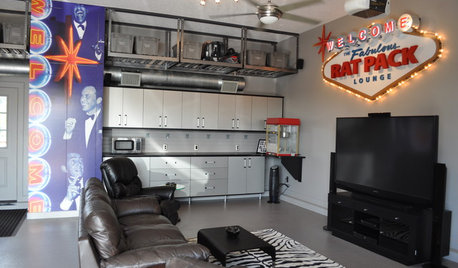
MAN SPACESWhy Men Really Do Need a Cave
Don't dismiss cars, bars and the kegerator — a man space of some kind is important for emotional well-being at home
Full Story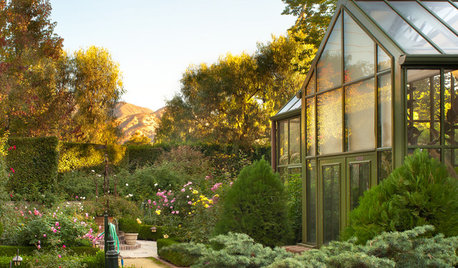
GREENHOUSESGreenhouses Bring Gardens in From the Cold
Get a jump start on summer plantings even if spring chills linger with a greenhouse or cold frames in your backyard
Full Story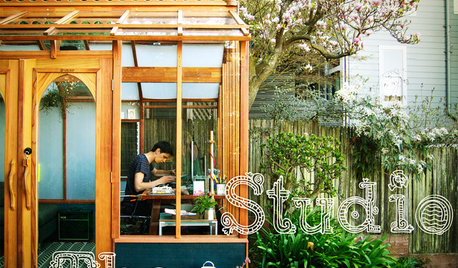
OUTBUILDINGSStudio Solution: A Kit Greenhouse Becomes a Creative Private Office
See how an inventive work-from-home designer made an office from a greenhouse, for some inspired thinking in the backyard
Full Story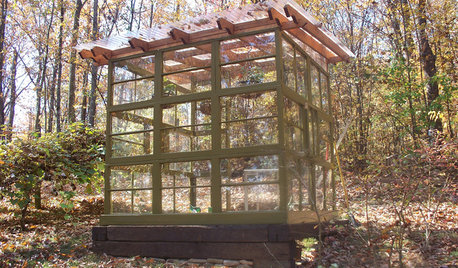
GARDENING AND LANDSCAPINGSee a Family Greenhouse Grown From Scraps
Can-do resourcefulness and less than $400 lead to a new 8- by 8-foot home for plants on a Tennessee family's property
Full Story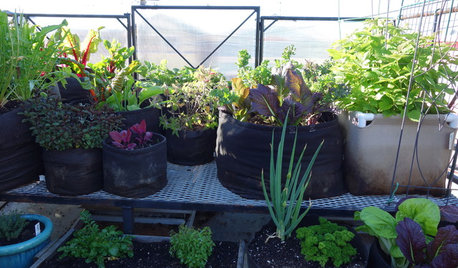
FARM YOUR YARDAn Urban Greenhouse Overflows With Edibles
Making meals just means stepping into the yard for a San Francisco couple who revamped an old orchid house
Full Story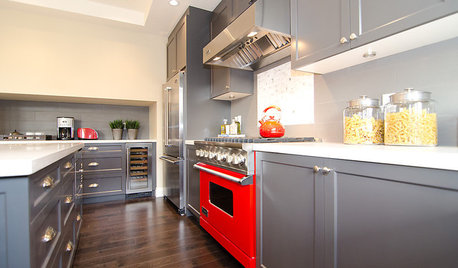
COLORCooking With Color: When to Use Gray in the Kitchen
Try out Trout or shake up some Martini Shaker gray for a neutral-based kitchen that whispers of sophistication
Full Story
MOST POPULARHow to Add a Backyard Shed for Storage or Living
Need a home office, a playspace or extra room for your stuff? Learn about off-the-shelf, prefab and custom sheds
Full StorySponsored
Central Ohio's Trusted Home Remodeler Specializing in Kitchens & Baths
More Discussions







birdwidow
earthlydelightsOriginal Author
Related Professionals
Maple Valley Landscape Architects & Landscape Designers · Fort Lee Landscape Architects & Landscape Designers · Newcastle Landscape Architects & Landscape Designers · Bristol Landscape Contractors · Davis Landscape Contractors · Fort Atkinson Landscape Contractors · South Hackensack Landscape Contractors · Vallejo Landscape Contractors · Wethersfield Landscape Contractors · White Bear Lake Landscape Contractors · Selma Landscape Contractors · Baileys Crossroads Landscape Contractors · Elmwood Park Solar Energy Systems · Palo Alto Solar Energy Systems · Wasco Solar Energy Systemsbirdwidow
sheila0
earthlydelightsOriginal Author
lovjen
birdwidow
turquoise
earthlydelightsOriginal Author
birdwidow
turquoise
stressbaby
birdwidow
stressbaby
lovjen
birdwidow
mizwilly
ladyofthecariboo